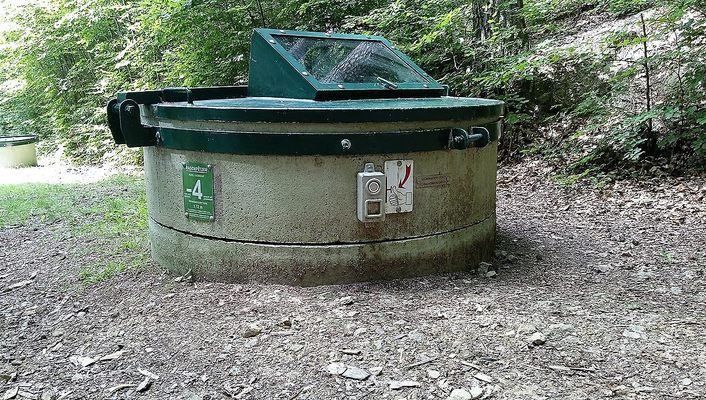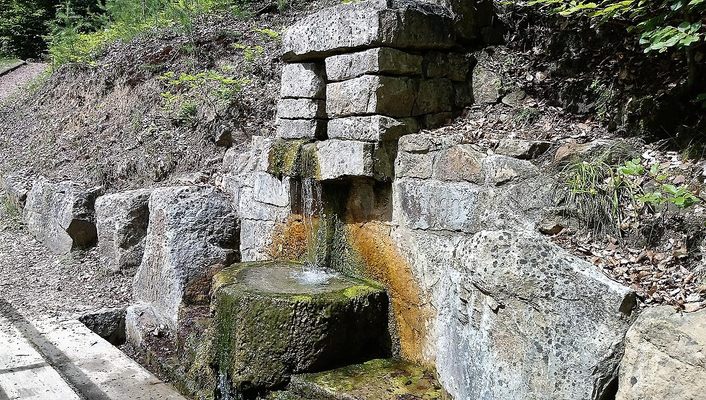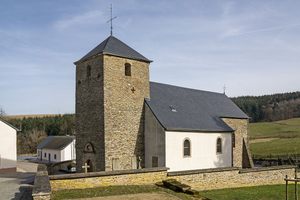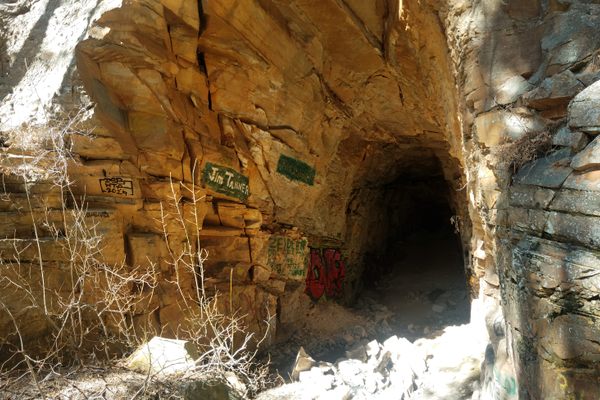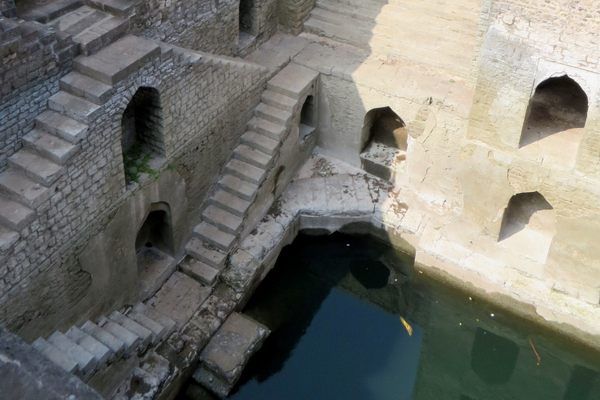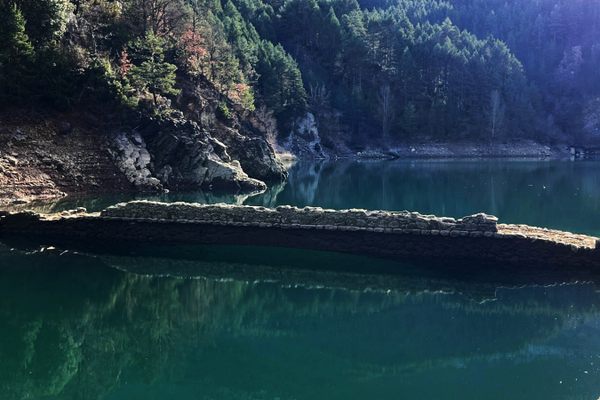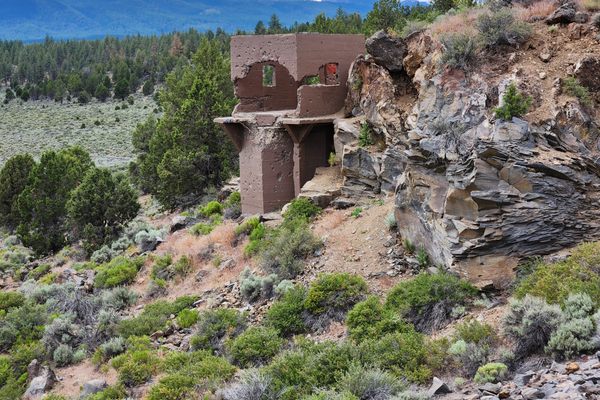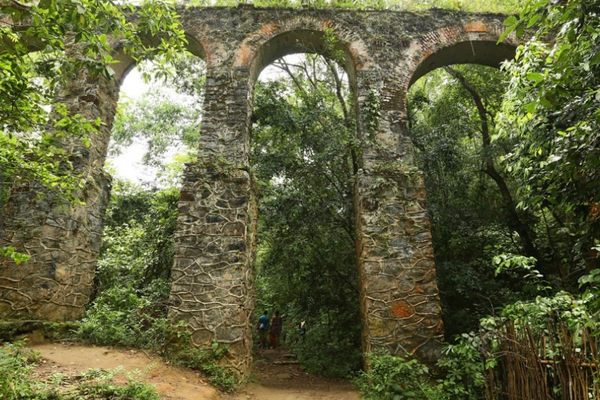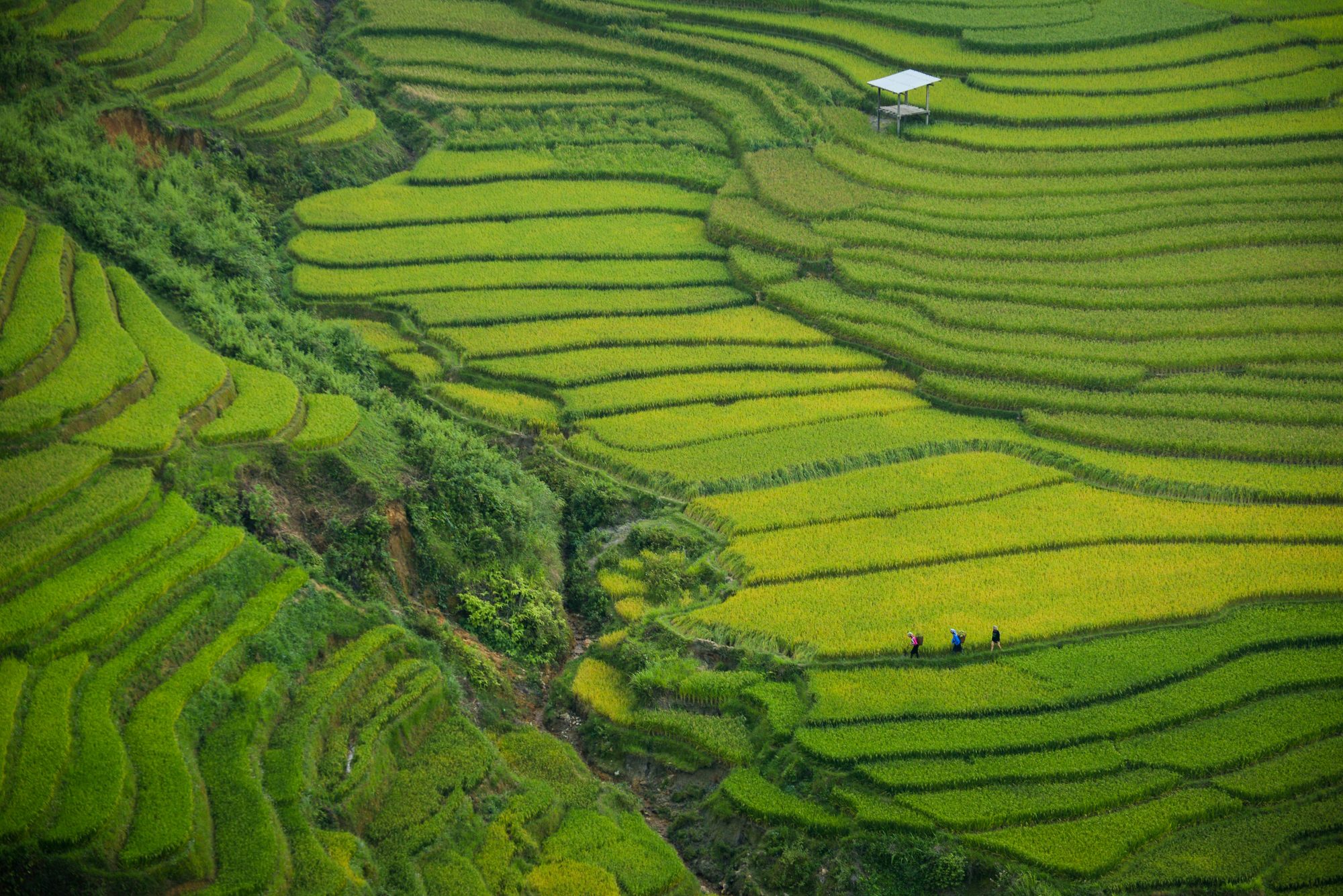About
Just north of Luxembourg City, where the river Alzette meanders its way out of the capital, lies Walferdange. The town is best known for the Raschpëtzer Qanat: a Roman water tunnel, or qanat, that still functions 2,000 years after its construction.
Locals have known about a series of holes in the forest northeast of Walferdange for ages. A legend dating back at least the beginning of the 19th century mentions four wichtelchers-lächer, or goblin holes, in the forest. Another folk tale claims that if you fell into one of the holes, you would come out near the Steinsel mill, a mill which no longer exists that was located downstream from Walferdange on the Alzette river.
The first excavations of the qanat began in 1913 before being interrupted by World War I. Between 1965 and 1970, the excavations were taken up again by members of the Groupe Spéléologique Luxembourg (G.S.L.). But due to a lack of resources and technical difficulties, it wasn’t until October 1986 that the bottom of well N°5 (P5) was reached some 114 feet (35 meters) down. On October 3rd, 1986, archaeologists uncovered a horizontal gallery and confirmed that the well was indeed a Roman qanat.
Today, around 1,000 feet (310 meters) of galleries have been explored. The qanat’s total length is estimated to be around half a mile long (650 to 720 meters). There are 13 known shafts, though some estimate there may be as many as 18. The qanat still produces about 47,500 gallons (180 cubic meters) of water daily, around 2 liters per second. This is probably slightly less than its original Roman output since the area wasn’t covered with vegetation then.
The qanat follows a chaotic course and was likely dug by two groups trying to reach each other. At the bottom of P8, a piece of wood with traces of rope wear—possibly from the construction of the qanat—has been dated to around 140, confirming the qanat was built during the Roman period between the 1st and 2nd centuries. A well-preserved shovel made of beech wood was also found in well P9.
Well P-4 (a negative number because several wells were discovered downstream of P1, which was thought to be the first well in the original numbering system) has a low dam or weir that controls the flow of water into a drainage canal. However, just before the P-5 well, the water disappears into the rock. Excavations show that this occurred when Romans operated the qanat and that their attempts at a solution were unsuccessful.
The biggest mystery remains why and for whom the qanat was built. A nearby archaeological site surrounded by a square wall was discovered along the Rue des Vergers, next to an electricity substation, but the site was never excavated due to lack of resources.
Given its size and the effort required to supply the qanat’s water, it could well have been a Roman military camp. The other ten Roman qanats in Luxembourg all supplied villas. The exceptional length and depth of the Walferdange qanat, however, make it stand out.
The other known Roman villas on the same slope were all connected to a spring. Likely a small natural spring, the Dauwebur, also supplied the camp. It provided only 5,000 gallons (20 cubic meters) of water per day, not enough to meet daily needs, so the qanat was likely added to provide more water.
The qanat is underground. However, many features are visible on the surface. Visitors can see the 10 excavated shafts, which have all been covered with metal lids. Two are windowed: P5 to see its 114 feet (35 meter) depth and P-4 to see the overflow bifurcation. The water outlet from the bifurcation was rebuilt in 2000. It now shows a cross-section of the pipeline. Finally, there is a gallery at well P-5. Here you can see where the water disappears underground. The walls of the access corridor are lined with explanatory panels. Few other Roman qanat sites have as many ruins and allow partial access to the water conduit.
Related Tags
Know Before You Go
The site is located in the middle of the forest. It is accessible from the Raschpëtzer car park on Rue Prince Henri (CR126). You can also walk along Rue Jean Mercatoris or Rue du Soleil to reach the site. The site and the visitors gallery are free.
The tour can be rounded off with a visit to the Sonnebierg Roman Villa nearby (rue Jean Schaack).
Community Contributors
Added By
Published
April 22, 2025



